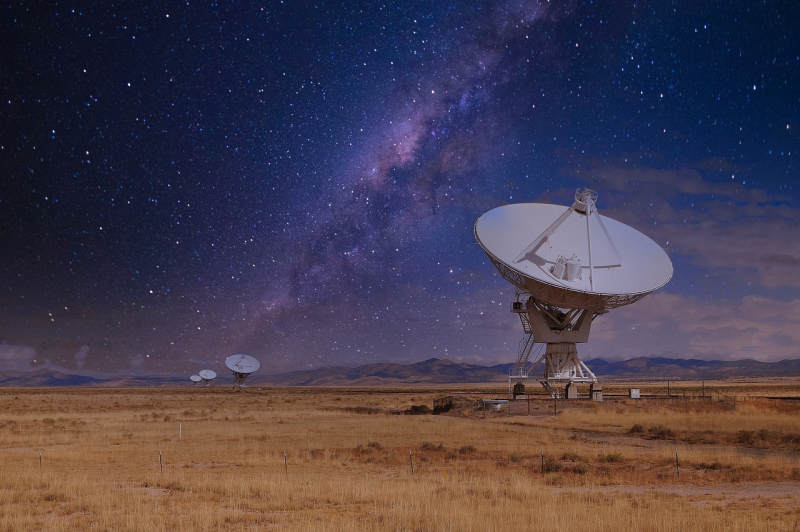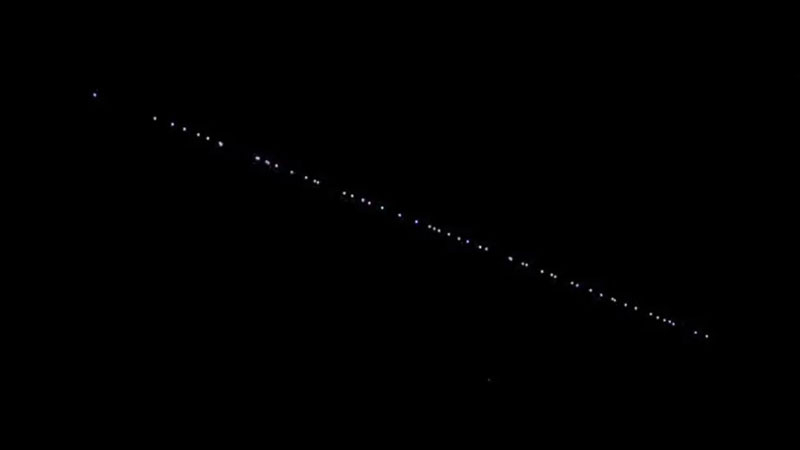This summer, astronomers from the Netherlands Institute for Radio Astronomy (ASTRON) launched one of the world’s best radio telescopes, LOFAR, for a day and were shocked. New versions of Starlink Internet communications satellites literally blinded ultra-sensitive equipment. Their radio brightness was 32 times higher than the interference from the first generation Starlink satellites. This will soon destroy all observational astronomy on Earth, the researchers concluded.

Image source: Obelixlatino/pixabay.com
«Every time new satellites are launched with these levels of radiation, we see less and less of the sky,” ASTRON director Professor Jessica Dempsey told BBC News. “We’re trying to look at things like jets that come out of black holes at the centers of galaxies. We are also looking at some of the earliest galaxies, millions of light-years away, as well as exoplanets,” said the ASTRON leader.
Today, there are just over 6,000 Starlink satellites flying in low Earth orbit. This network will continue to expand, just as OneWeb is weaving its networks (up to 1,000 satellites in orbit) and Amazon is preparing to deploy it (there will be up to 3,000 satellites by 2030). In general, by 2030, experts expect up to 100 thousand Internet communication satellites in orbit, which not only threatens astronomy at all wavelengths, including optical, but will actually block any observations of the Universe from Earth.
«In fact, it threatens all ground-based astronomy at all wavelengths and in different ways. If this continues without any mitigation measures to keep these satellites running quietly, then it will indeed pose an existential threat to the kinds of astronomy that we do,” Professor Dempsey added.
This is not the first statement about a threat to astronomical observations from Earth from communications satellites. Starlink, as a pioneer, partly met the scientists halfway and took a number of measures to shield both optical and radio frequency debris from first-generation satellites. But the new satellites turned out to be literally blinding for radio telescopes. Their brightness was 10 million times higher than the power of the weakest signals detected on Earth from the depths of the Universe. This is like comparing the light of the faintest visible stars in the sky with the brightness of the full Moon, the researchers explained. This is impossible to ignore.

Starlink constellation in the night sky. Image Source: Starlink
Without any active action to prevent all this, “very soon the only constellations we will see will be created by man,” experts conclude.